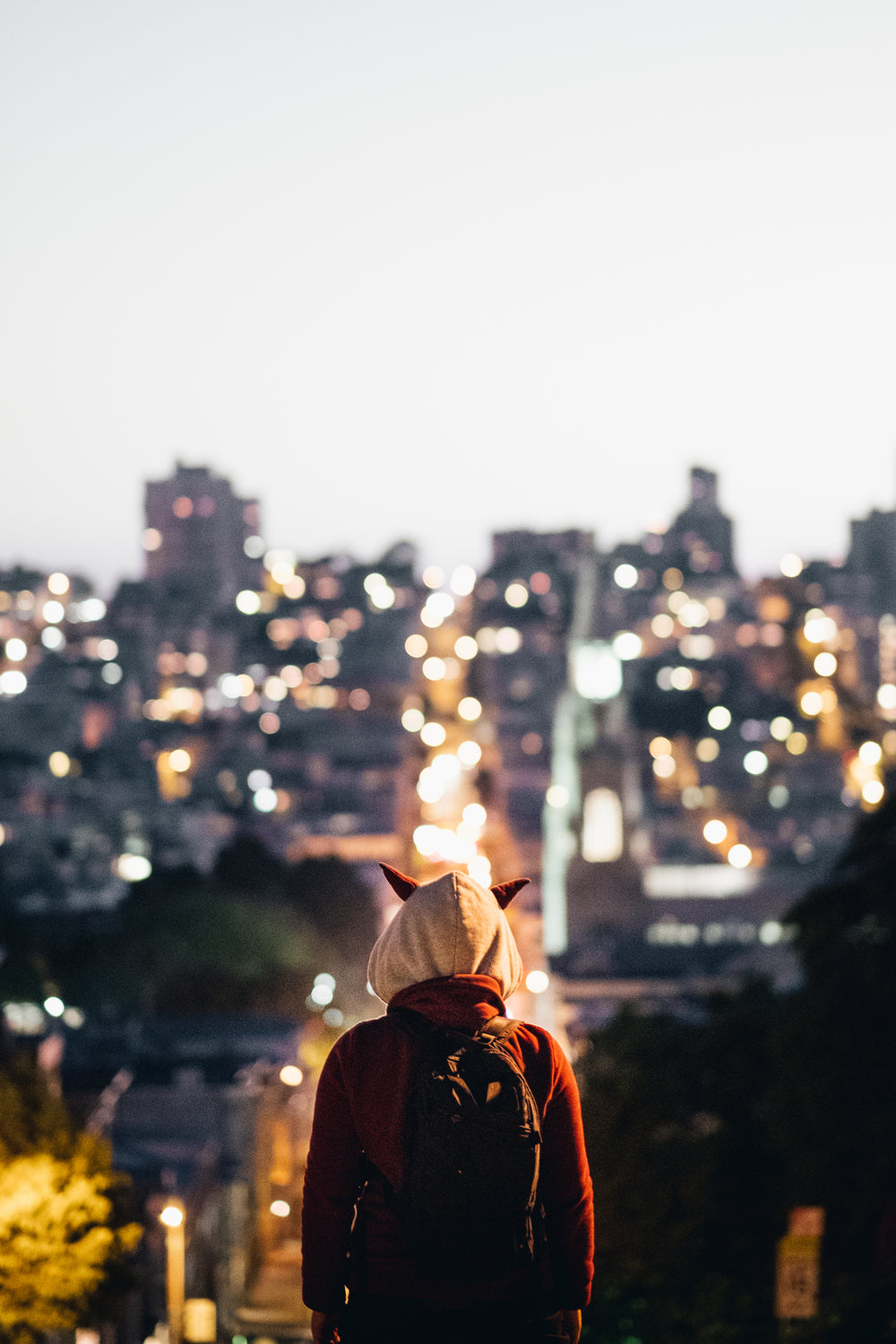The Evolution of City Living Experiences
Contemporary city living has transformed dramatically over the past decade, driven by changing demographics, technological advancement, and evolving lifestyle preferences. Millennials and Generation Z residents prioritize experiences over possessions, leading to the rise of co-living spaces, shared amenities, and community-focused residential developments.
Urban amenities now extend far beyond traditional offerings. Modern city dwellers expect access to rooftop gardens, co-working spaces, fitness centers, and cultural venues within their residential complexes. The integration of technology in daily urban life includes smart home systems, mobile apps for building services, and digital platforms that connect neighbors and facilitate community engagement.
The COVID-19 pandemic accelerated trends toward flexible living arrangements and remote work capabilities. Cities have responded by creating more outdoor spaces, improving digital infrastructure, and redesigning public areas to accommodate social distancing while maintaining community connection. This shift has fundamentally altered how we conceptualize urban spaces and their role in supporting diverse lifestyles.




